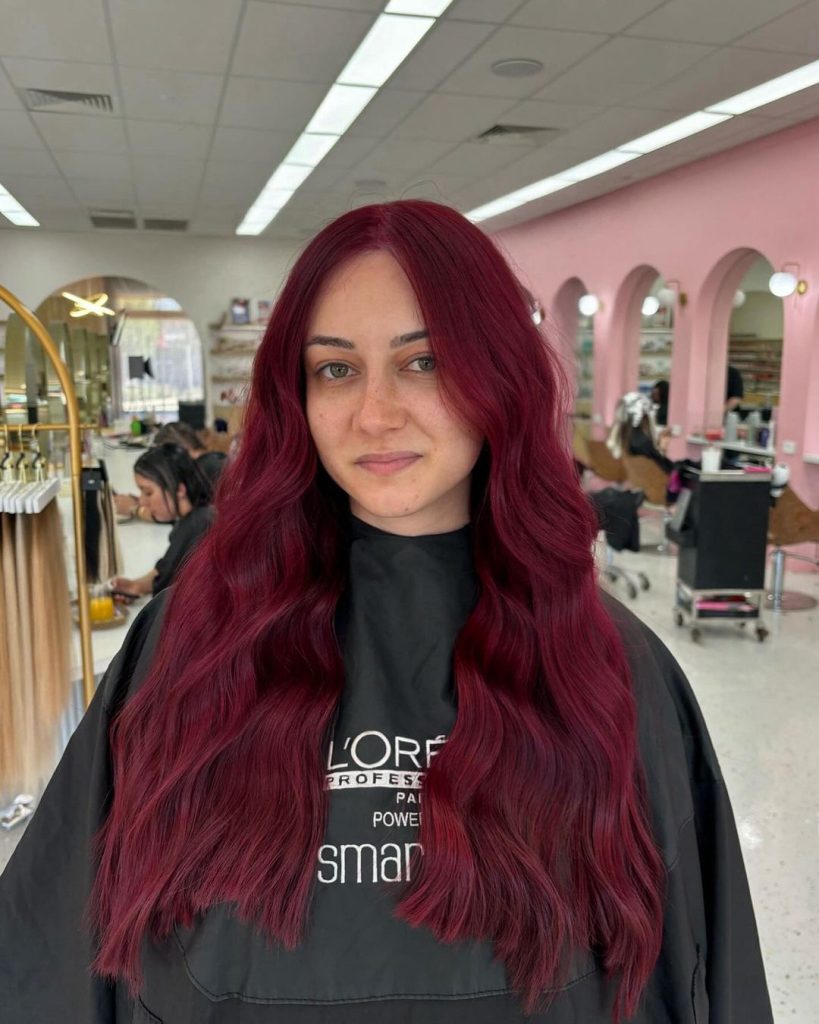Hair Dye – A New Weapon in the Fight Against Lice Infestations
The age-old battle against head lice infestations might be getting a surprising new recruit: hair dye. While it is not quite ready to be hailed as a miracle cure, recent research suggests certain hair dye ingredients could hold promise as a lice-fighting tool. Traditionally, lice treatment has relied on chemical insecticides, but these have faced increasing resistance from the pesky parasites. This has spurred scientists to explore alternative methods, and hair dye components have emerged as a potential weapon in this ongoing war. The key lies in certain chemicals used in permanent hair dyes. These dyes work by containing a developer that opens the hair cuticle, allowing pigment molecules to enter and permanently alter the hair color. Interestingly, some of these developers, particularly those containing hydrogen peroxide, might have a secondary effect on lice. Studies have shown that hydrogen peroxide can disrupt the lice’s waxy outer coating, which is crucial for their survival. This coating helps them stay hydrated and protects them from some insecticides. By compromising this barrier, hydrogen peroxide could make lice more susceptible to treatment or even kill them directly.

However, it is important to note that current research is still in its preliminary stages. While the studies suggest a potential benefit of hydrogen peroxide against lice, the focus has primarily been on lice eggs, or nits. More research is needed to determine the effectiveness against adult lice and whether hair dye formulations available to consumers contain sufficient concentrations of hydrogen peroxide to achieve this effect. Additionally, the safety aspect needs careful consideration. Hair dye is intended for application to the scalp, and the long-term effects of repeated exposure to lice-targeting formulations remain unknown and does dying hair kill lice. Despite these limitations, the potential of hair dye as a lice-fighting tool is intriguing. If further research confirms its effectiveness and safety, it could offer several advantages. Hair dye is readily available and relatively inexpensive compared to some prescription lice treatments. It could also be a more discreet option for individuals hesitant to disclose a lice infestation. Additionally, the potential lice-killing properties could be incorporated into hair dye formulations specifically designed for this purpose. This would ensure a safe and effective concentration of the active ingredient while maintaining the hair-coloring function.
Of course, even with this potential new weapon, traditional lice treatment methods should not be completely discarded. Thorough combing with a lice comb to remove nits and adult lice remains a crucial step in lice eradication. Additionally, using lice-specific shampoos or conditioners alongside a hair dye with lice-killing properties could offer a more comprehensive approach. In conclusion, while hair dye might not be the silver bullet solution to lice infestations just yet, the research into its potential is a promising development. As scientists delve deeper, it is possible that hair dye could become a valuable tool in the fight against these persistent parasites. However, it is important to remember that further research is needed to confirm its effectiveness and safety before it can be widely recommended. For now, the best approach remains a combination of traditional treatment methods and potential new tools like hair dye, all under the guidance of a healthcare professional.